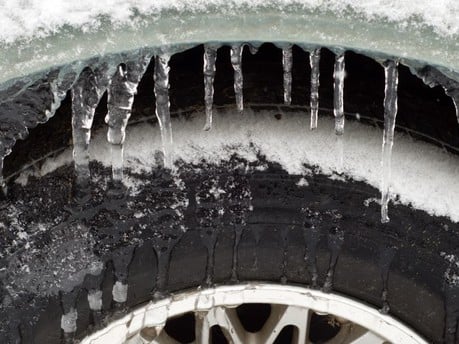Winter Driving Advice
Driving in winter can be a difficult time to navigate the roads, especially if you are not that experienced. Conditions such as rain, snow, sleet and ice all present different driving challenges, but with the following advice you should be better equipped to handle them.
Get in the correct gear
When setting off in wintery weather, try to stay in as higher gear as possible while keeping your revs low. It is recommended you stay in second gear to set off to reduce any chance of the wheels spinning and losing control of the car. Some cars have a winter driving mode so you can use this - refer to your vehicles handbook to find out if you do.
Watch your speed
Many drivers go too fast for what the weather conditions are permitting, and this can cause serious accidents. In hazardous winter weather it’s important to keep your speed down and leave a reasonable stopping distance between you and the car in front. In wet weather you want to double the distance it would usually be when it’s dry, and in icy conditions this can go up to 10x the distance.
Brake early
Before going around a bend or approaching some traffic lights, reduce your speed by taking your foot off the accelerator and gently braking earlier than you typically would. If you can feel your tyres losing grip or hydroplaning over the water, try not to panic and do not brake- instead just fully remove your foot from the accelerator, point the wheels in the direction you want to go in and let the vehicle slow down on its own.
Turn on the correct lights
Outdoors can become very overcast, dull and foggy during the winter time. In these conditions, make sure to turn on your dipped headlights and if visibility drops below 100m, turn on your fog lights. Just remember to switch your fog lights back off when visibility improves to avoid dazzling other road users.
Consider the environment you’re driving in
Consider bridges and other built-up locations that may remain icy if the sun does not reach them.
Because the countryside and rural areas are colder than urban areas, ice and snow on the roads will melt more slowly. Country roads are considerably more difficult to clear and are also used less often, so consider this when driving in these areas.



